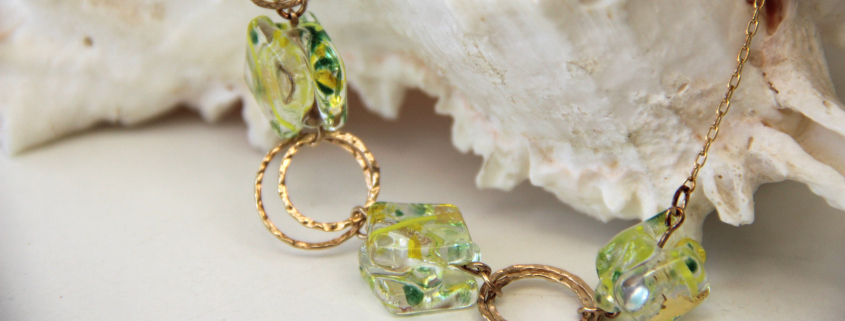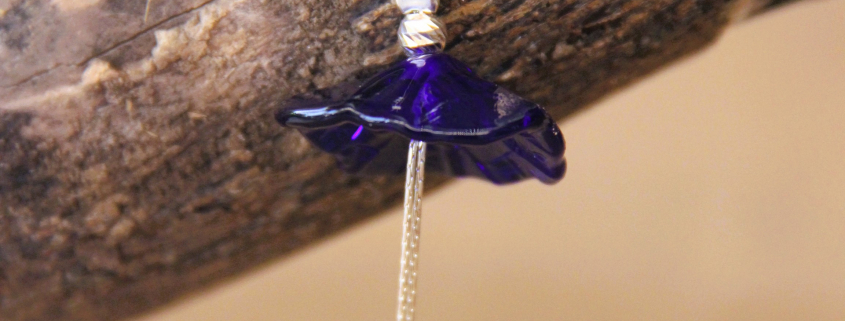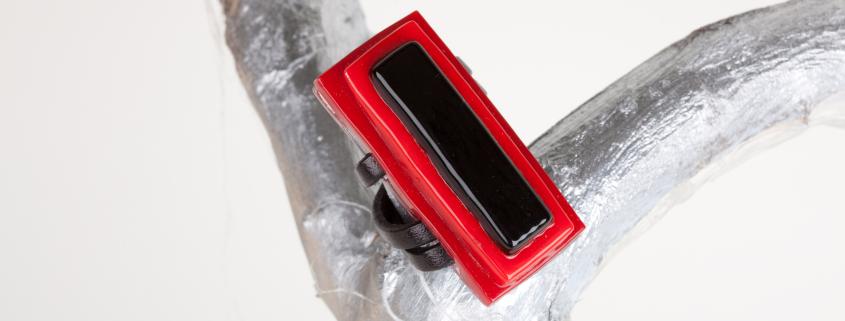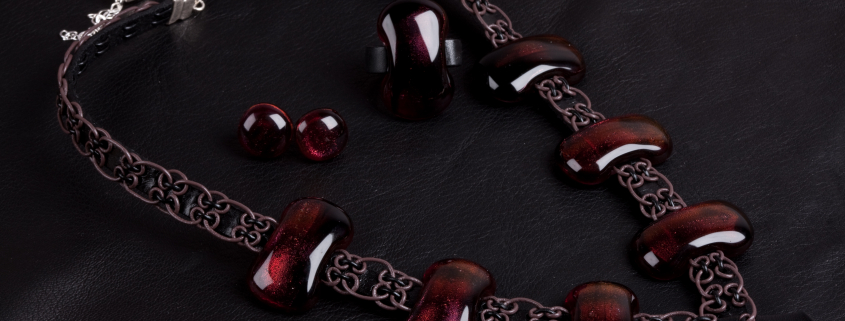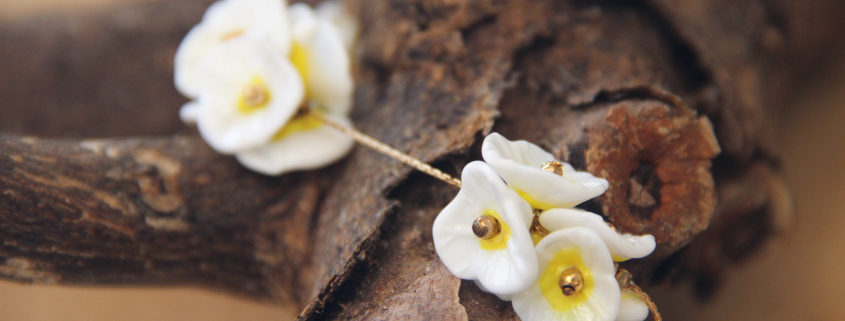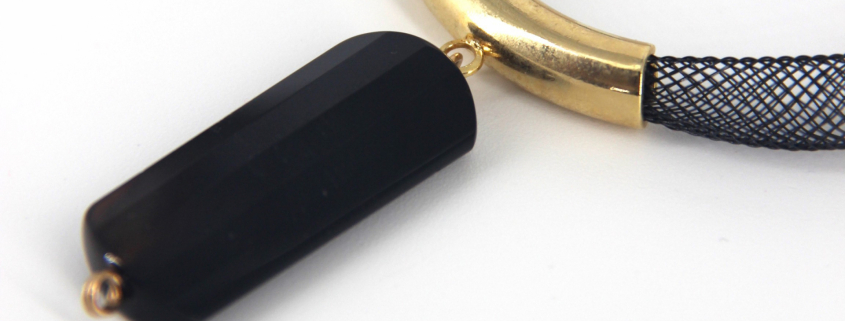The Timeless Elegance of Gold-Filled Jewelry
Gold-filled jewelry, often seen as a perfect balance between quality and affordability, has been a favorite among jewelry enthusiasts for decades. Its rich appearance and durability make it a popular choice for a variety of pieces, from elegant necklaces and bracelets to intricate rings and earrings. In this article, we will explore what gold-filled jewelry is, its history, the process of making it, and why it remains a beloved option in the world of adornment.
What is Gold-Filled Jewelry?
Gold-filled jewelry is composed of a thick layer of real gold bonded to a base metal, typically brass. This layer of gold must constitute at least 5% of the item’s total weight to be classified as gold-filled. Unlike gold plating, which has a thin layer of gold that can wear off quickly, gold-filled jewelry is much more durable and can last many years with proper care. The bonding process ensures that the gold layer is significantly thicker than that of gold-plated items, providing a look and feel that closely resembles solid gold.
The History of Gold-Filled Jewelry
The use of gold-filled techniques dates back to the 19th century when jewelers sought to create more affordable pieces that still offered the luxury and appearance of solid gold. The development of this method allowed for the production of high-quality jewelry that was accessible to a broader audience. Over the years, advancements in technology and craftsmanship have enhanced the quality and appeal of gold-filled jewelry, making it a staple in both fine and fashion jewelry markets.
The Process of Making Gold-Filled Jewelry
Creating gold-filled jewelry involves a precise and meticulous process. Here’s a closer look at how it is made:
- Bonding the Metals: The process begins with a base metal, usually brass, which is chosen for its strength and durability. A thick layer of gold alloy, typically 14K or 12K gold, is mechanically bonded to the surface of the base metal using heat and pressure. This creates a strong, permanent bond that ensures the gold layer will not flake or peel away.
- Forming the Jewelry: Once the gold and base metal are bonded, the resulting material is shaped into various jewelry pieces. This can involve rolling the bonded metal into sheets, drawing it into wires, or stamping it into specific shapes. Skilled artisans use techniques like cutting, engraving, and soldering to create intricate designs and patterns.
- Finishing Touches: After the initial forming, the jewelry pieces undergo several finishing processes. These may include polishing to enhance the shine, applying textures or patterns, and adding any additional decorative elements such as gemstones or enamel. Each piece is carefully inspected to ensure it meets the high standards of gold-filled quality.
Why Choose Gold-Filled Jewelry?
Gold-filled jewelry offers a range of benefits that make it an attractive choice for consumers. Here are some reasons why it remains popular:
- Aesthetic Appeal: Gold-filled jewelry has the rich, warm look of solid gold, making it visually appealing and luxurious. The thick layer of gold ensures a deep, radiant shine that can enhance any outfit.
- Durability: The process of bonding gold to a base metal makes gold-filled jewelry highly durable and resistant to tarnishing. With proper care, gold-filled pieces can retain their beauty and luster for many years.
- Affordability: Compared to solid gold, gold-filled jewelry offers a more affordable option without compromising on quality or appearance. This makes it accessible to a wider range of consumers who desire the elegance of gold at a fraction of the cost.
- Hypoallergenic Properties: Gold-filled jewelry is generally safe for people with sensitive skin, as it contains a significant amount of real gold. This reduces the risk of allergic reactions often associated with lower-quality metals.
- Versatility: Gold-filled jewelry can be used to create a wide variety of designs, from classic and timeless pieces to trendy and modern styles. Its versatility ensures that there is something for everyone.
Caring for Gold-Filled Jewelry
To maintain the beauty and longevity of gold-filled jewelry, it is important to follow some basic care guidelines:
- Regular Cleaning: Clean your gold-filled jewelry regularly with a soft cloth to remove dirt and oils. For a deeper clean, use a mild soap and warm water solution, then rinse and dry thoroughly.
- Proper Storage: Store gold-filled jewelry in a cool, dry place, ideally in a jewelry box or pouch. Keep pieces separate to avoid scratching and tangling.
- Avoid Harsh Chemicals: Remove gold-filled jewelry before swimming, bathing, or using household cleaning products, as chemicals can damage the gold layer.
- Gentle Handling: Handle gold-filled jewelry with care to avoid bending or damaging delicate designs. Avoid wearing it during activities that could cause excessive wear and tear.

